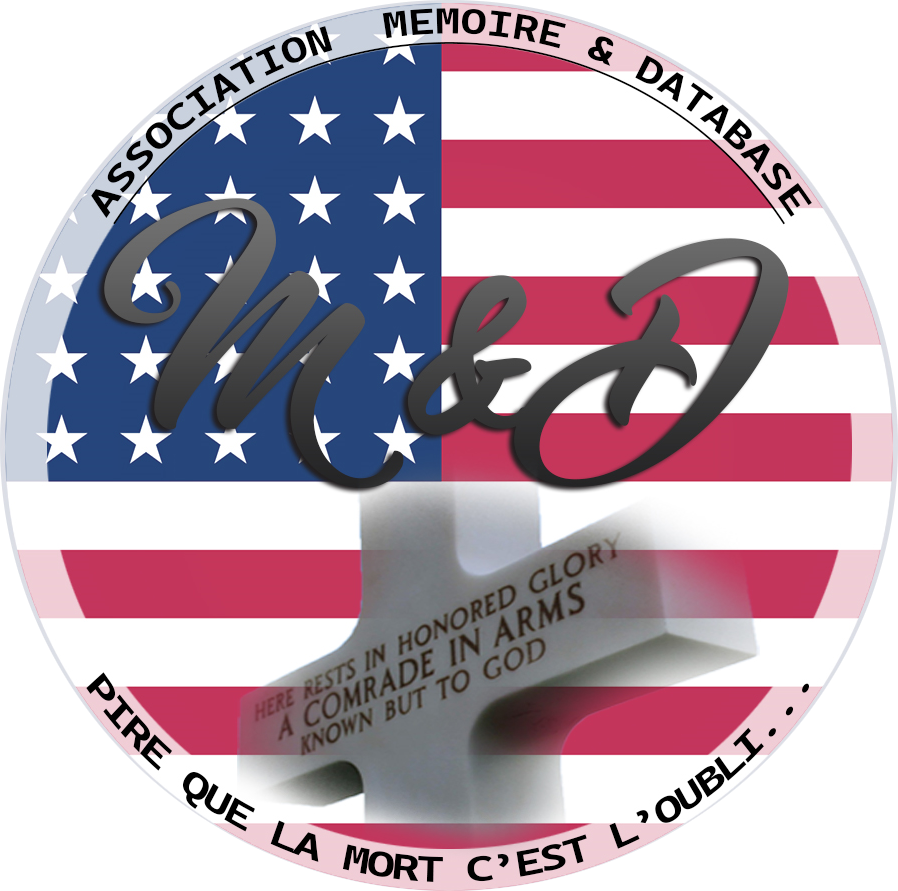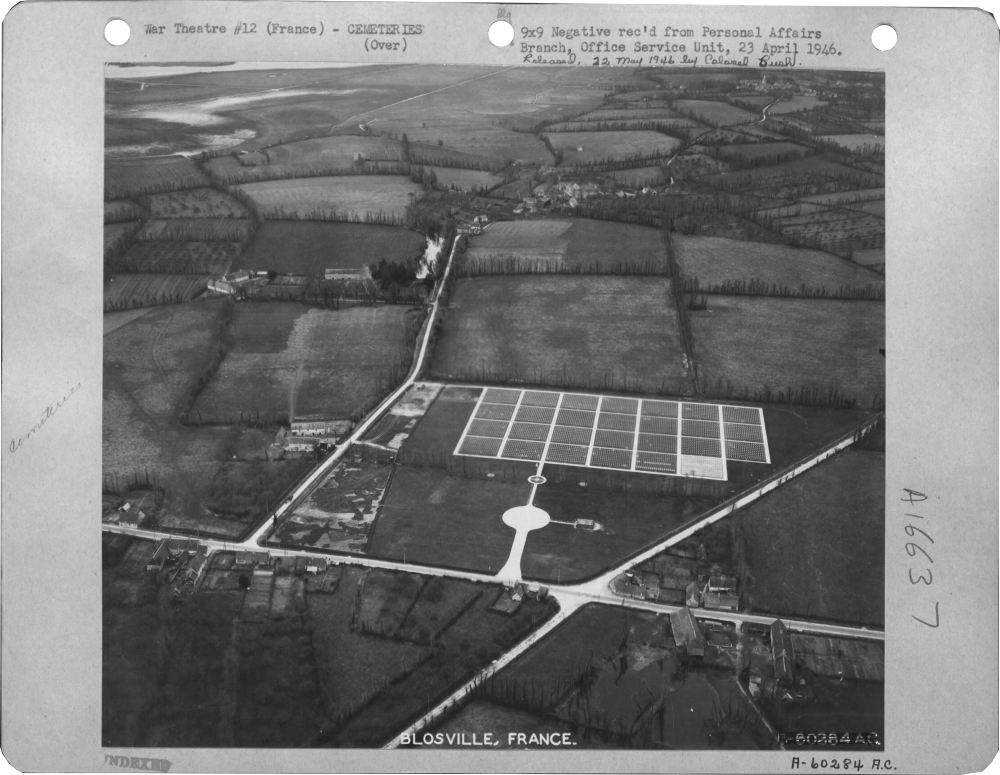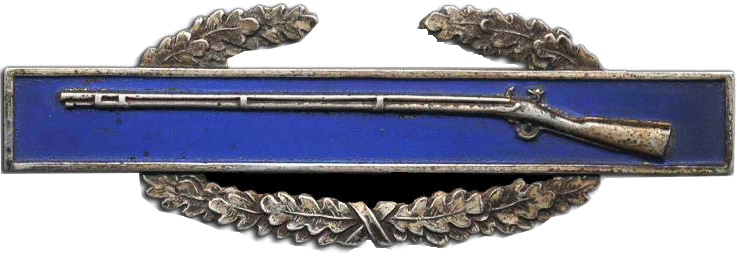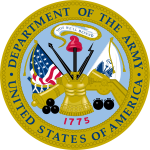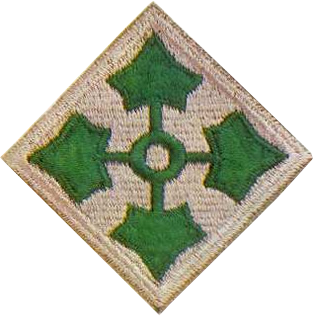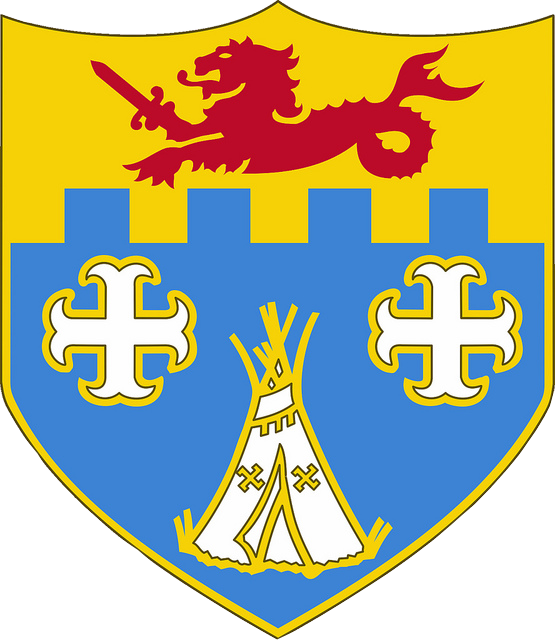|
Julian J. ZADORA
| ||||||||||||||||||||||||
|---|---|---|---|---|---|---|---|---|---|---|---|---|---|---|---|---|---|---|---|---|---|---|---|---|
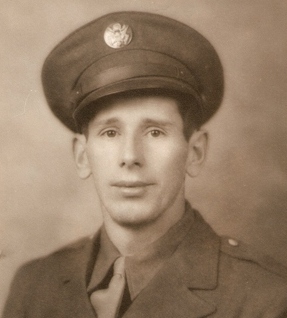 | ||||||||||||||||||||||||
| NUMBER OF SERVICE | 42022955 | |||||||||||||||||||||||
| AGE | 33 yo | |||||||||||||||||||||||
| DATE OF BIRTH | 20 January 1911 | |||||||||||||||||||||||
| ETAT | NEW YORK | |||||||||||||||||||||||
| FAMILY | Married | |||||||||||||||||||||||
| RANK | Private | |||||||||||||||||||||||
| FONCTION | Infantry | |||||||||||||||||||||||
| JOB BEFORE ENLISTEMENT |  | |||||||||||||||||||||||
| DATE of ENLISTEMENT | 28 October 1943 | |||||||||||||||||||||||
| COMPANY | Company G | |||||||||||||||||||||||
| REGIMENT | 12th Infantry Regiment | |||||||||||||||||||||||
| DIVISION | 4th Infantry Division | |||||||||||||||||||||||
| DATE OF DEATH | 4 August 1944 | 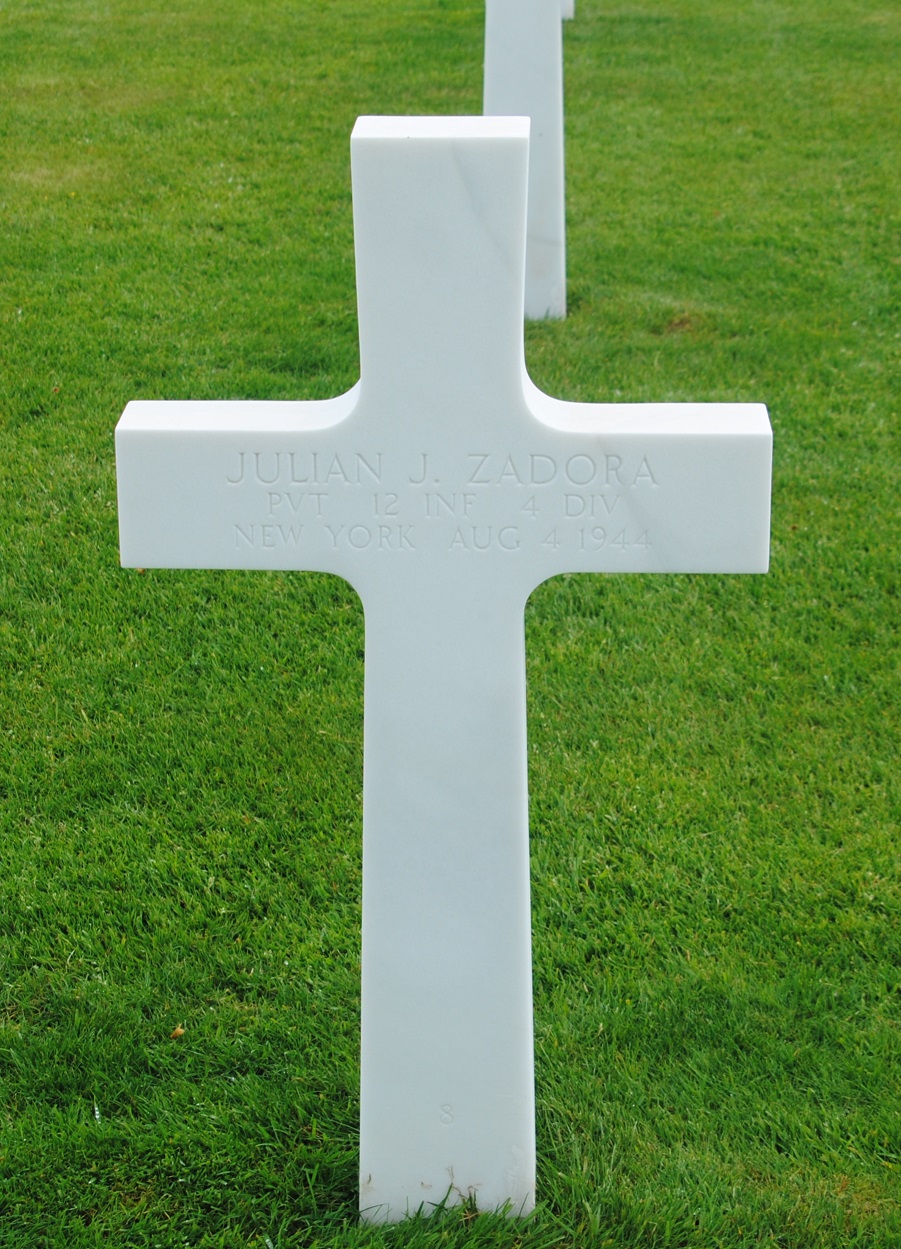 | ||||||||||||||||||||||
| STATUS | KIA | |||||||||||||||||||||||
| PLACE OF DEATH | Saint Pois | |||||||||||||||||||||||
| CEMETERY TEMPORARY |
CEMTERY TEMPORARY of Marigny N°3555
| |||||||||||||||||||||||
| CEMETERY | BRITTANY AMERICAN CEMETERY of St James | |||||||||||||||||||||||
| GRAVE |
| |||||||||||||||||||||||
| DECORATION |
| |||||||||||||||||||||||
| ||||||||||||||||||||||||
| STORY | ||||||||||||||||||||||||
|
Julian is a native of Erie, New York, with three sisters and two brothers. After a schooling which he finishes at the end of two years in High School, he works in the industrial milling industry. He is married to Marie. He enlisted in October 1943 after his brother was unable to do so because he was the father of two children. He was incorporated into a Training Center where he prepared for 17 weeks his basic infantryman training. Julian chooses the infantry. He left the USA in the first quarter of 1944 where he joined the 4th Infantry Division and the 12th Infantry Regiment in England. He is in Company G of the 2nd Battalion of the 12th Infantry Regiment which is stationed in Tiverton in Devon. He continues and improves his training with amphibious exercises (Beaver, Tiger) in Slapton Sands in particular. On May 17, the equipped units began movements to the assembly areas. Men embark in Plymouth on the USS Nevada, the last leg before Normandy. On June 6, the 12th Infantry Regiment and Julian disembark from 12h00 pm at Utah Beach on Tare Green then begin their advance towards Beuzeville-au-Plain, on the evening of D-Day the Julian battalion is on the eastern outskirts of Neuville-au- Plain where he keeps a lively engagement with the enemy. On June 7, the 2nd battalion returned to Basse-Emondeville after heavy fighting and established a line of defense. June 10, the battalion is on the eastern edges of Montebourg but must be content to prepare defensive positions, the city is strongly defended, the 12th suffered violent counterattacks. Over the next few days, air, sea and land artillery will drop bombs on the city, reducing the city to ruins. On June 19, the 12th is engaged in the attack on Montebourg, the 2nd battalion has as objective the coast 119 in the north of the city. The fights are violent, the German line is broken, they begin the retreat. On June 20, the first elements enter a city that is nothing more than a heap of ashes. On June 21, the plan to capture the fortress of Cherbourg is underway, the 12th is positioned with the 8th and 22th Infantry Regiment on the road to Saint-Pierre-Eglise - Cherbourg. At the end of the evening, the 2nd battalion attacked in front of the Bois du Coudray despite a mortar defense which stopped its advance at the northwest edge of the wooded area. It’s the end of the first offensive on Cherbourg, but the 4th division as well as the 9th and 79th are ready for the final assault. | ||||||||||||||||||||||||
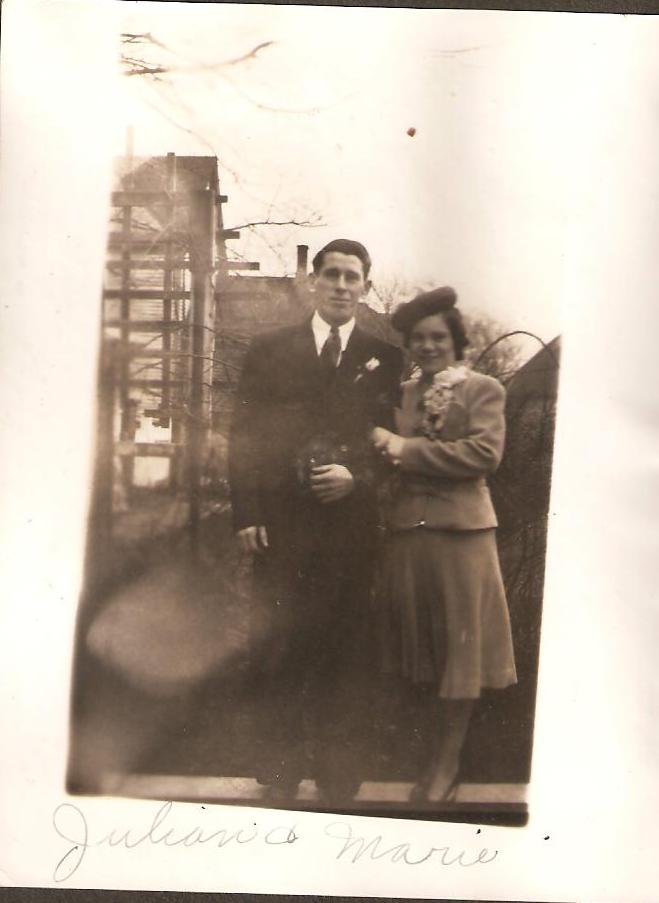 |
On June 22, the 12th received the mission to seize the powerfully fortified Tourlaville and to penetrate to the coast. Attempts are unsuccessful, Julian and his battalion are blocked at the level of the wood. On June 24, helped by a decisive air support, the 12th advances step by step towards its objective supported by the 22th then supported by tanks. The Germans pick up, abandoning pieces of campaign. Julian and his battalion on the left flank of the attack seized the important fortification of the Saint Gabriel structure and took 300 prisoners. Tourlaville was released on the evening of the 24th. Eight hundred prisoners are taken by the 12th Regiment. The next day, the latter finished cleaning the city with the help of aviation, white flags were waved everywhere. On June 25, the 2nd and 3rd battalions are in the lead to return to Cherbourg; they enter from the east. The 2nd battalion aims at the Caplains battery equipped with 4 pieces of 155, neutralization is essential in order to protect the fleet which will intervene against Cherbourg. In the evening, the units approach the center, all the objectives are reached. | 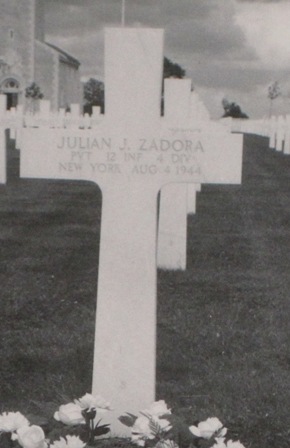 | ||||||||||||||||||||||
|
On the 26th, the regiment arrived from the east and headed for the ferry terminal. At 2:00 p.m., in the sector of the 9th Infantry Division and his 39th Infantry Regiment, General Von Schlieben commanding the fortress of Cherbourg surrendered, it was surrender. The following days the role of the 4th Division is to control the city. On June 30, the division was relieved and then deployed south from July 6 during the VII Corps offensive towards Périers; the 8th and 12th Regiment of Julian intervene in the sector of the 83th Infantry Division to unblock it, but they fail vis-a-vis SS units and of fallschimrjagers and undergo heavy losses. The assault will cost 650 men on July 7 to the two regiments. Until the 16th, the 2nd battalion suffered in the terrible battles of Sainteny and Julian lost its legendary battalion commander Major O’Malley. The white bloodletting division is put in reserve until the beginning of Operation Cobra where it is chosen, it is placed in the center of the device. On July 30, after crossing Siena, the division advanced to the south, the 12th headed for Villedieu-les-Poêles where it was blocked by German defenses. On August 1, the 12th relaunched its attack but again encountered the enemy device. But at night the Germans, fearing an encirclement, withdrew. On August 2 in the day, the 12th returns to Villedieu-les-Poêles. On August 3, the entire division was attacked in the direction of Saint-Pois; La Chapelle-Cécelin was liberated by this offensive which led the division to the gates of Saint-Pois on the evening of August 4. Julian fell during this August 4 offensive. His body was temporarily buried in the cemetery of Marigny near Saint-Lô before his transfer to the cemetery of Saint-James. | ||||||||||||||||||||||||
Activated/Activé |
Normandy/Normandie |
| 1 Jun 1940 | Days of Combat/Jour de Combat 299 |
| Casualties/Victimes 22 660 | |
Entered Combat/Entré au combat |
|
| 6 Jun 44 D-Day | |
|
Commanding Generals/Commandants généraux Maj. Gen. Walter E. Prosser (Jun 40 - Oct 40) |
Campaigns/CampagnesNormandy (6 Jun 44 - 24 Jul 44)
|
PLAN DE ROUTE DE LA CAMPAGNE - CAMPAIGN ROUTE MAP |
|
 |
|
DIVISION CHRONICLEThe 8th Infantry Regiment of the 4th Division was one of the first Allied units to hit the beaches at Normandy on D-day, 6 June 1944. Relieving the isolated 82nd Airborne Division at Ste. Mere Eglise, the 4th cleared the Cotentin peninsula and took part in the capture of Cherbourg, 25 June. After taking part in the fighting near Periers, 6-12 July,, the Division broke through the left flank of the German Seventh Army, helped stem the German drive toward Avranches, and by the end of August had moved to Paris, assisting the French in the liberation of their capital. The 4th then moved into Belgium through Houffalize to attack the Siegfried Line at Schnee Eifel, 14 September, and made several penetrations. Slow progress into Germany continued in October, and by 6 November the Division reached the Hurtgen Forest, where a severe engagement took place until early December. It then shifted to Luxembourg, only to meet the German winter offensive head-on, 16 December 1944. Although its lines were dented, it managed to hold the Germans at Dickweiler and Osweiler, and, counterattacking in January across the Sauer, overran German positions in Fouhren and Vianden. Halted at the Prum in February by heavy enemy resistance, the Division finally crossed 28 February near Olzheim, and raced on across the Kyll, 7 March. After a short rest, the 4th moved across the Rhine 29 March at Worms, attacked and secured Wurzburg and by 3 April had established a bridgehead across the Main at Ochsenfurt. Speeding southeast across Bavaria, the Division had reached Miesbach on the Isar, 2 May 1945, when it was relieved and placed on occupation duty. |
CHRONIQUE DE DIVISIONLe 8e régiment d'infanterie de la 4e division fut l'une des premières unités alliées à débarquer sur les plages de Normandie le 6 juin 1944, jour du débarquement. Soulager la 82nd Airborne Division isolée de Ste. Mère Eglise, le 4e défricha la presqu'île du Cotentin et participa à la prise de Cherbourg le 25 juin. Après avoir pris part aux combats près de Periers, du 6 au 12 juillet, la Division a franchi le flanc gauche de la Septième armée allemande, aidé à endiguer la route allemande vers Avranches et, à la fin du mois d'août, s'est installée à Paris, aidant les Français. dans la libération de leur capitale. Le 4e s'est ensuite déplacé en Belgique par Houffalize pour attaquer la ligne Siegfried à Schnee Eifel, le 14 septembre, et a fait plusieurs pénétrations. Les progrès lents en Allemagne se sont poursuivis en octobre et, le 6 novembre, la division a atteint la forêt de Hurtgen, où un engagement sévère a eu lieu jusqu'au début du mois de décembre. Il s'est ensuite déplacé vers le Luxembourg, seulement pour affronter l'offensive allemande d'hiver, le 16 décembre 1944. Bien que ses lignes aient été bosselées, il a réussi à tenir les Allemands à Dickweiler et Osweiler et, contre-attaquant en janvier à travers la Sauer à Fouhren et Vianden. Arrêtée au Prum en février par une forte résistance ennemie, la Division a finalement franchi le 28 février près d'Olzheim et a couru à travers le Kyll, le 7 mars. Après un court repos, le 4 mars traversa le Rhin à Worms, attaqua et sécurisa Wurzburg le 29 mars et, le 3 avril, il établit une tête de pont sur le Main à Ochsenfurt. Accélérant le sud-est à travers la Bavière, la division avait atteint Miesbach sur l'Isar, le 2 mai 1945, quand elle fut relevée et placée en devoir d'occupation. |
| SOURCE INFORMATION & PHOTO | Armydivs.squarespace.com |
|---|
| SOURCE INFORMATION & PHOTO | Charles ZADORA Findagrave.com - Frédéric LAVERNHE - Clémence - Airborneinnormandy.com |
|---|---|
| PROGRAMMER | Garrett, Clive, Frédéric & Renaud |


